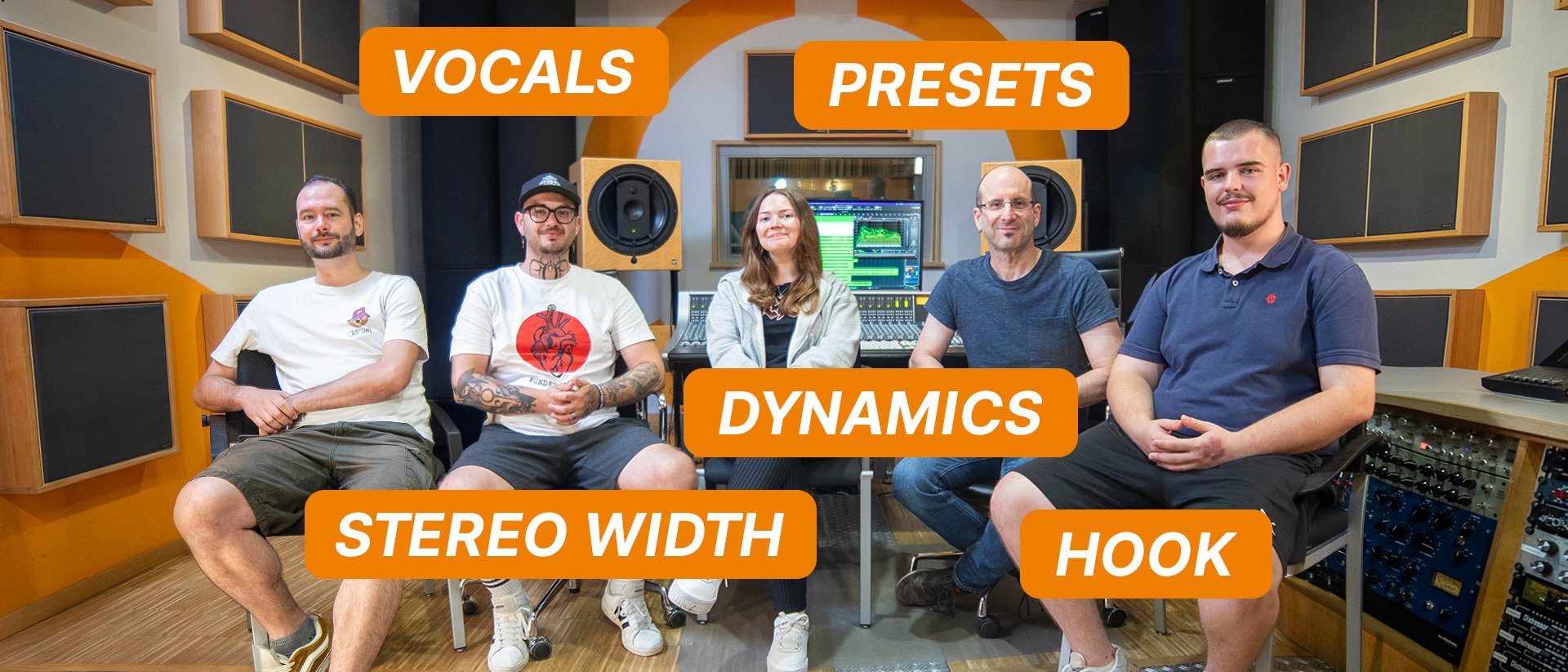In its 10th edition, the HOFA Song Contest saw a record number of 2,009 entries from 55 countries – and we were particularly pleased with the standard of the songs. We have never had so many creative, diverse and interesting tracks before – a fact that is also reflected in the jury’s ratings, which were well above the average of the previous years.
However, we have noticed that several recurring issues have prevented many songs from reaching their full potential. In this blog post, we will give you some tips on what to look out for when writing songs, and in particular when producing, mixing and mastering your music. We will also point out some common mistakes to avoid.
Tip 1: The lead vocals rule!
Sure, it varies a bit between genres, but in most songs, the lead vocals should be prominent and stable in front of the mix. Vocals are the element that most listeners notice first and associate with a song. Whether rapped, sung or shouted, the voice conveys the feeling and ‘message’ of the song. But to do that, it must be present.
And this can be achieved with the right EQing, good dynamics processing and a suitable depth. Many of the submissions featured great vocals, but they weren’t presented optimally in the mix because they sounded too muffled or too thin, too dynamic or overcompressed, too indirect or too dry.
With the online courses in audio engineering, the HOFA-College students learn all about mixing and music production. They receive regular feedback on their mixes to help them achieve a professional standard in their productions.
Tip 2: Keep an eye on the stereo image
Many bedroom producers and music creators work with headphones when mixing – which makes perfect sense if you haven’t optimised your room for mixing with speakers. However, one of the problems that come up when monitoring with headphones is getting the stereo width right. What sounds nice, wide and big on headphones might actually be overly wide and out of phase.
This can happen, for example, when rhythm guitars in harder genres are not actually double-tracked, but artificially widened with effects and wideners. Many synth presets are also designed to be extra wide so that they sound as impressive as possible in stereo when played back on headphones. However, this can quickly backfire when played back on good stereo speakers or in mono.
Such signals sound unpleasantly phased and difficult to locate when played through loudspeakers. When played back in mono (e.g. on some Bluetooth speakers), some sounds are almost inaudible.
That’s why you should always check the stereo image – there are visual assistants that allow you to keep an eye on the so-called ‘phase correlation’. In the IQ-Series Analyser, you can check this for the entire mix, but also separately for 31 different frequency bands.
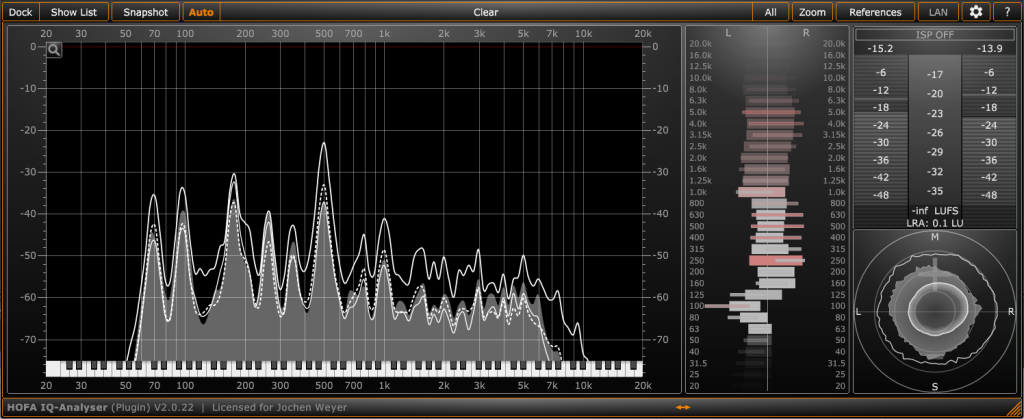
To avoid such overly wide, phasey sounds, it can be a good idea to double-track rhythm guitars properly – that is, record them twice (see also this video.) For overly wide synths, on the other hand, it is helpful to process specific frequency ranges in a targeted manner – this can be done with mid/side EQs such as the IQ-EQ.
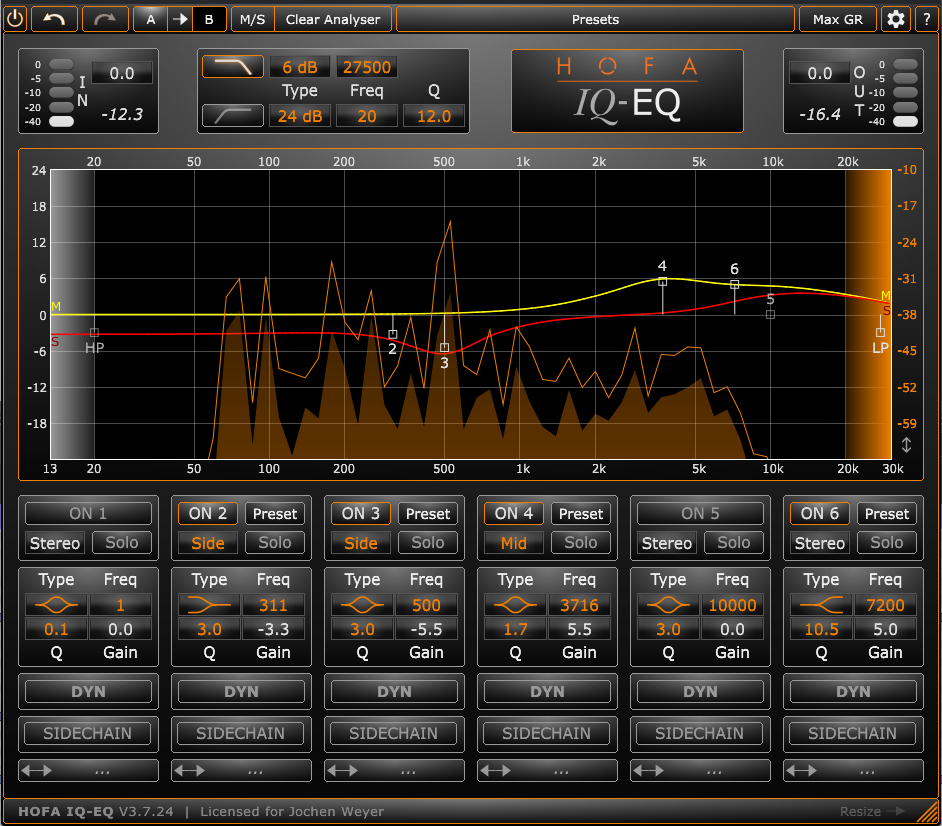
Tip 3: Don't rely too much on presets!
Especially when working with virtual sound generators (drum samplers, software synthesizers) and amp or effect plugins, it is quite tempting to use ready-made presets that sound rich and powerful. However, this can have several disadvantages – on the one hand, the settings may not suit your song at all, even if the sound itself is the right one. On the other hand, you may not be the only one using this preset – in the jury, we heard the same drum sounds, the same 808 bass or the same amp plugin presets in a number of songs.
Mixing your own sound really pays off – for example, you could put the virtual drums on separate channels and mix them like a ‘real’ drum kit. This allows you to create a unique sound for your song that won’t sound like hundreds of others 😊
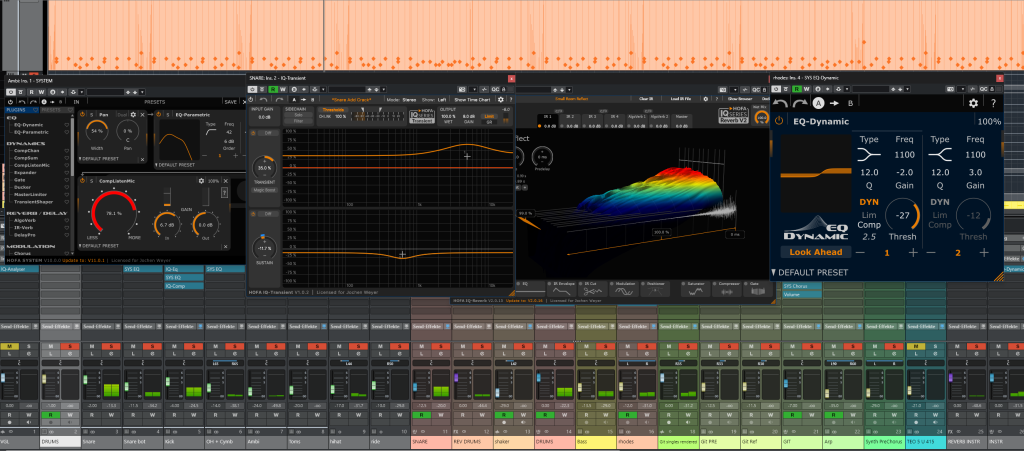
Tip 4: Think about the dynamics of the song
Another issue we noticed with some songs is their uniform dynamics. If the verse and chorus differ little in terms of dynamics, sound and intensity, and the bridge or breakdown offers no real variety, the song may quickly become boring.
When arranging and mixing, ensure that the chorus opens up effectively after the verse, that the down part really goes down, and that the final chorus is a progression from the previous ones. Effective transitions, such as stops and breaks, are also important for keeping the song lively.
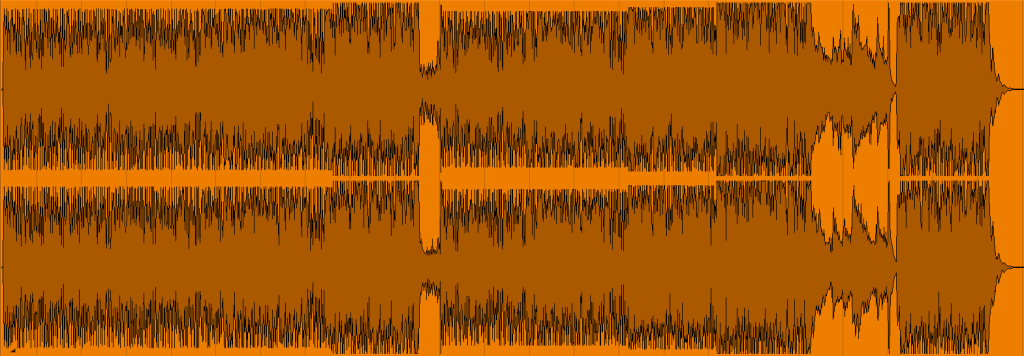
Tip 5: Make the chorus catchy
That brings us to our final point: the chorus is the most important part of almost every song – it should capture the listener’s attention. No matter how amazing the verse or how perfectly the pre-chorus sets the stage, if the chorus doesn’t grab your attention, the whole song falls flat. Ideally, the chorus should have a catchy hookline melody and lyrics and provide a clear increase in dynamics and sound. So, it’s not just a question of songwriting, but also of arrangement and mixing.
Conclusion
The contest has shown that there are some great, creative songs out there, but it’s the production that makes the difference. Place the lead vocals in the front of your mix, keep an eye on the stereo image and develop your own unique sound. Listen to the song dynamics to make sure the chorus stands out. With these tips, systematic listening and constructive feedback, you can get the most out of your music.
You are fascinated by mixing & music production and you want to learn all about it?
Realize your dreams with the HOFA-College online courses in audio engineering – with fun and from home!
